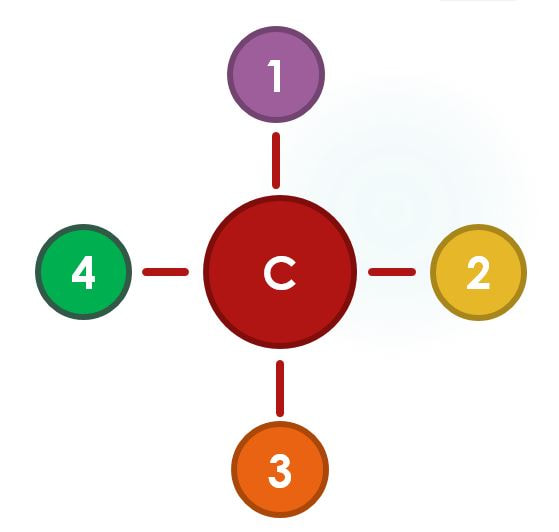

Additionally the synthetic atoms created through these methods are extremely radioactive and unstable meaning they fall apart very quickly (which would partly explain why we don't find them naturally). So that limits the number of samples which can be used to create the bonds necessary for Pauling scale bond dissociation calculations. You can imagine these expensive and difficult tasks to accomplish which means that a very limited number of atoms of these super heavy synthetic elements have ever been created. The methods to create synthetic elements vary but generally we've been able to do so through either nuclear tests like nuclear weapons, or particle accelerators which slam subatomic particles of smaller elements together as fast speeds and fuse them into the nuclei of new larger elements.

Elements beyond atomic number 92 (Uranium) are known as synthetic elements, of which most periodic 7 elements are apart of, which means that they are not found naturally and must be created artificially by humans. The 7th period likely have a similar cause for their gaps, but for a different reason. So it's likely the case that these noble gas elements have gaps in the Pauling scale because no data was able to be collected on these elements. And this is a reasonable assumption considering molecules like diatomic helium basically impossible to create. The other explanation which I find more probable is that the bonds which needed to be formed for the bond dissociation energies could not be formed for the noble gases. There's going to be at least some degree of attraction felt by outside electrons, even if that attraction is small. I find this least probable considering this would mean the noble gas's electrons are perfectly shielding other electrons from the positive charge of their atom's protons in the nucleus. One explanation being that these elements simply have values of 0 for their electronegativities indicating that they have no attraction for other atom's electrons. For the noble gases this can have two possible causes. So the notable exceptions to the Pauling scale where there are gaps are the noble gases helium, neon, and argon. So this requires us to be able to make various chemical bonds between the elements of interest. Bond dissociation energy basically being the energy input required to break a chemical bond. Well the electronegativity values on the Pauling scale are calculated using bond dissociation energies between elements.


 0 kommentar(er)
0 kommentar(er)
